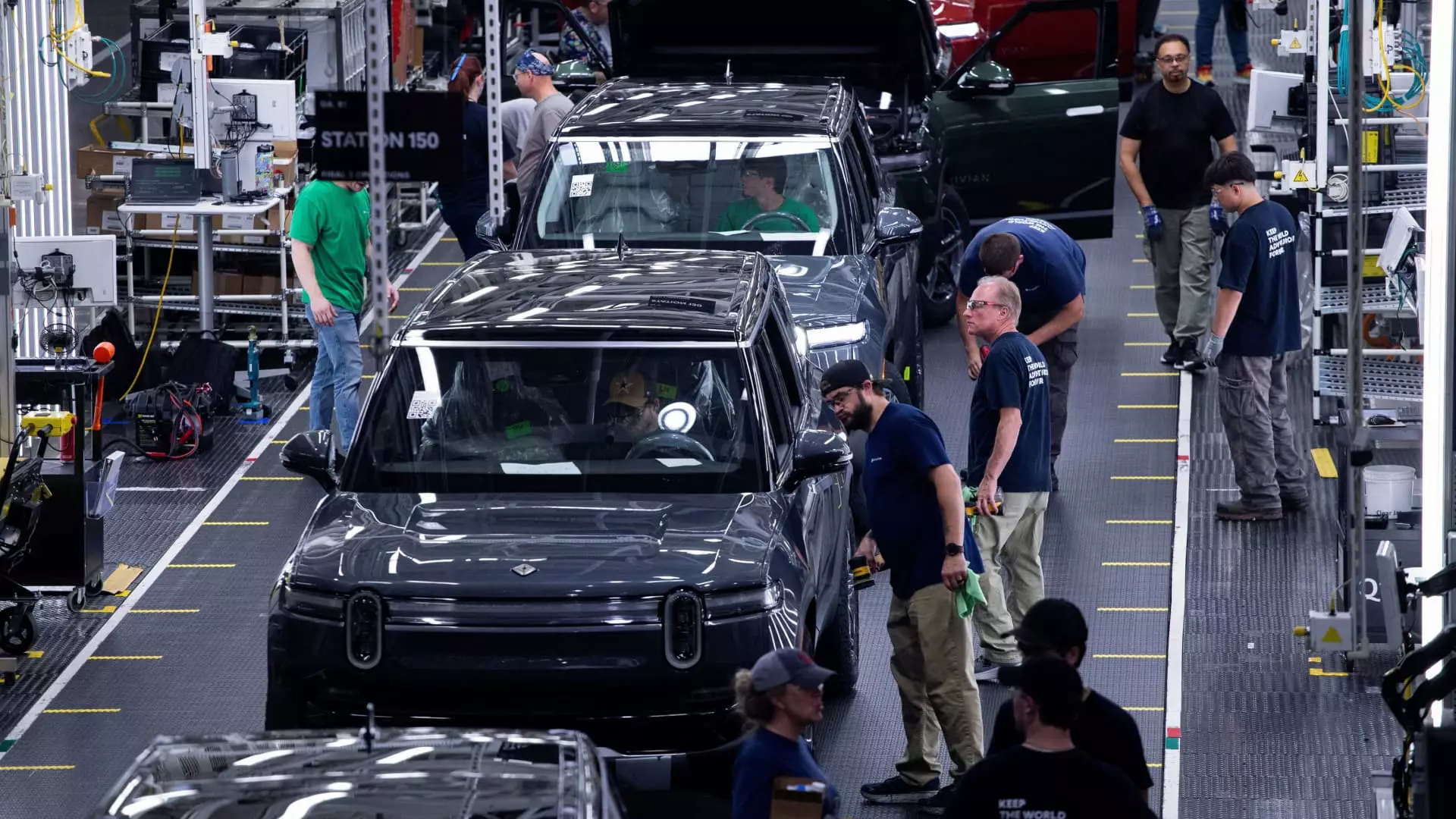In August, U.S. factories continued to operate in a state of slowdown, sparking worries about the future direction of the economy. The Institute for Supply Management’s monthly survey of purchasing managers revealed that only 47.2% reported expansion in activity for the month, falling short of the 50% breakeven point. While this figure showed a slight improvement from July’s 46.8%, it still missed the Dow Jones consensus forecast of 47.9%. The chair of the ISM Manufacturing Business Survey Committee, Timothy Fiore, highlighted that demand remains weak, output is declining, and companies are hesitant to invest in capital and inventory due to ongoing federal monetary policy and election uncertainty.
Despite the manufacturing sector’s contraction, Fiore noted that any reading above 42.5% typically signals expansion across the wider economy. Last month, a below-expectations reading led to market turmoil, with the S&P 500 experiencing significant losses before rebounding. Following the latest ISM release, stocks suffered further declines, with the Dow Jones Industrial Average dropping nearly 500 points. The anticipation of another interest rate cut by the Federal Reserve in response to the weak economic data increased, with traders now pricing in a 39% chance of a half-point reduction.
The survey indicated an uptick in the employment index to 46%, while inventories saw an increase to 50.3%. In terms of inflation, the prices index rose to 54%, potentially complicating the Fed’s decision-making process regarding the extent of the anticipated rate cut. Another PMI reading from S&P echoed the ISM results, showing a decline to 47.9 in August from 49.6 in July. This secondary report revealed a decrease in the employment index for the first time this year, alongside a rise in input costs to a 16-month high, indicating that inflation remains a concern despite its decrease from previous highs in mid-2022.
Chris Williamson, chief business economist at S&P Global Market Intelligence, emphasized that a further contraction in the PMI could intensify the manufacturing sector’s negative impact on the economy in the third quarter. Forward-looking indicators suggest that this trend may continue in the coming months, underscoring the need for policymakers to closely monitor economic developments and implement appropriate measures to support growth and stability.

Leave a Reply